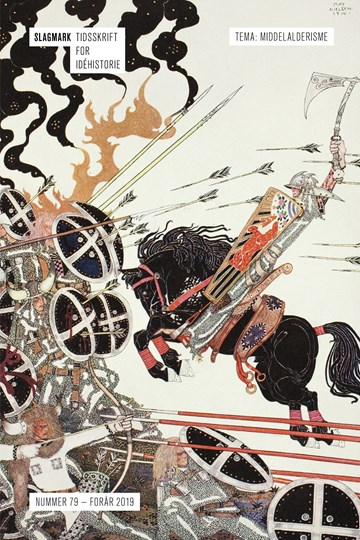Middelalders helter og Norsk nasjonalisme før andre verdenskrig
DOI:
https://doi.org/10.7146/slagmark.vi79.130730Keywords:
heros, memory landscape, agency, nationalism, NorwayAbstract
A prominent feature of Norwegian nationalism in the second half of the nineteenth century and in the first half of the twentieth century was its use of Norway’s Viking and medieval history. This use is visible in Norwegian popular and political culture of the period with, among other things, the Norwegianization of city names and the emergence of the Dragon style. This article examines the role of commemoration of Viking heroes in Norwegian street names and memory sites in the period 1850-1940. In doing so, the article identifies who were remembered, when and where, and shows how there was an increase in Viking and medieval street names in the lead-up to 1900. The article also shows how the Norwegian population embraced and partook in the remembrance of these heroes through the case studies of the restoration of Trondheim Cathedral for 1930 and the construction of Haraldshaugen monument in 1872. By comparing these case studies with the spread of street names referencing the medieval, this article shows how there is a correlation between the increase in street names and the popular contributions to the construction of national memorials which suggests an increased participation in the national community. This shows the link between the spread of nationalism and medievalism in Norway in the period leading up to the Second World War opening the way to examine Norwegian medievalism as a component of the popularisation of the idea of an independent Norway.





